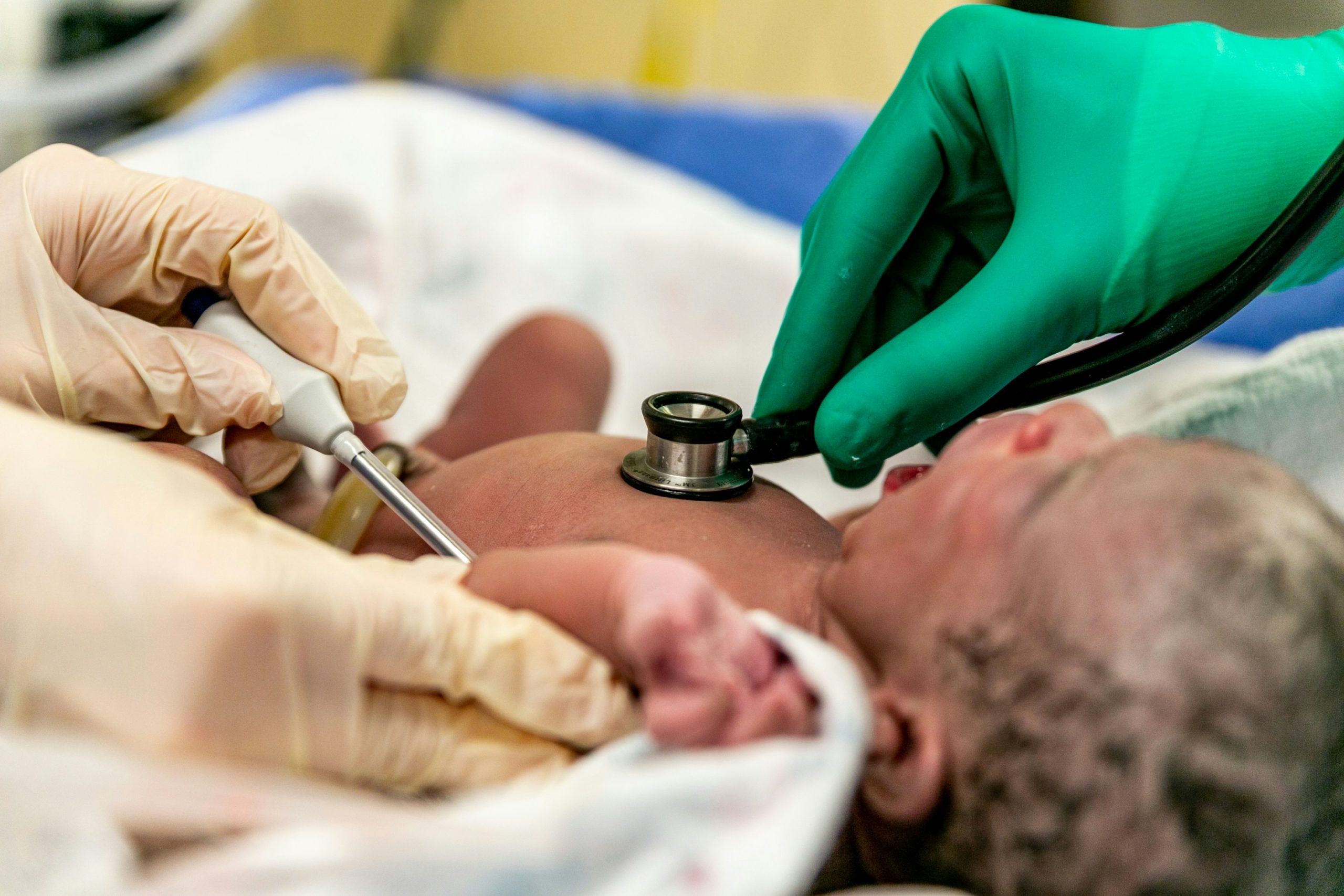Introduction- Thermoregulation (WARM)
Thermoregulation refers to the body’s ability to balance heat production and heat loss to maintain a stable internal temperature. During pregnancy, the mother’s body produces enough heat to regulate the fetus’s temperature, making the fetal temperature dependent on the mothers. Once the infant is born, the consistently warm intrauterine environment—typically around 37.8-37.9°C—comes to an end. The neonate enters a significantly cooler external environment, ideally about 26°C, and must now regulate its own body temperature.
Neonates face challenges with thermoregulation due to two main reasons:
-
They have a higher body surface area to body mass ratio compared to adults.
-
They have limited ability to generate heat through shivering or muscle activity.
Learning Objectives
-
- Define thermoregulation and neutral thermal environment
- Understand the infants’ responses to cold stress and identify the infants at risk for heat loss
- Identify mechanisms of heat loss and heat production
- Understand the basic physiology of the infant’s immune system
- Identify risk factors and physiology of neonatal sepsis
- Management of thermal environment
There are three sections to this chapter
- Thermoregulation
- Neonatal sepsis
- Management of thermal environment

Newborn Baby Having Lungs and body temperature checked by Solen Feyissa used under Unsplash licence

